Sign up for workout ideas, training advice, reviews of the latest gear and more.

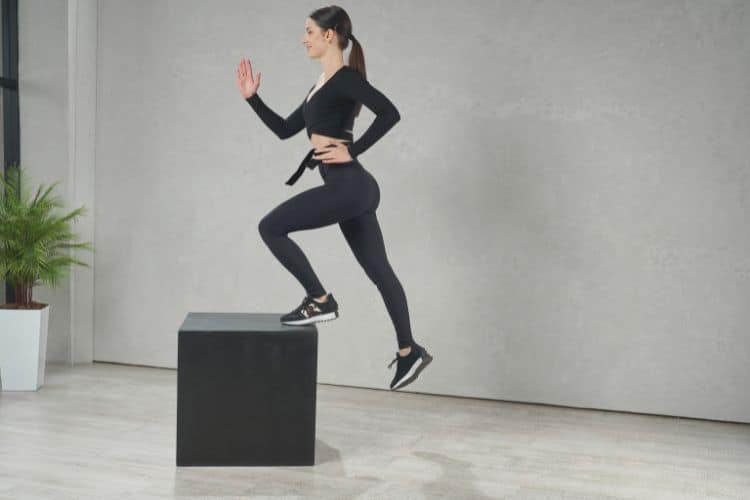
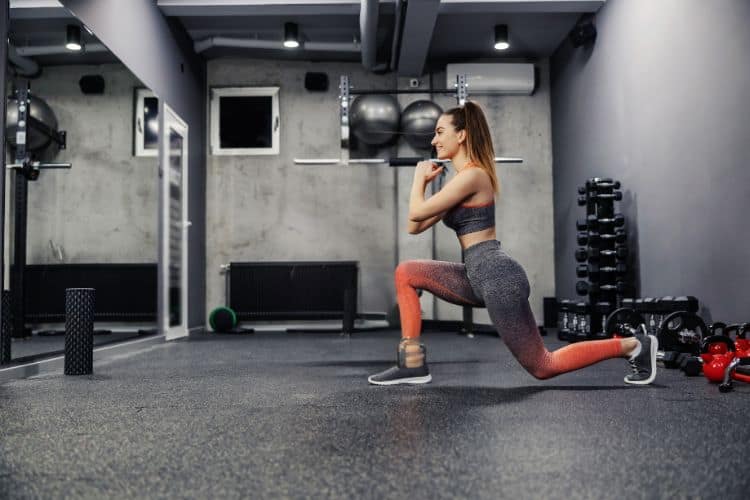
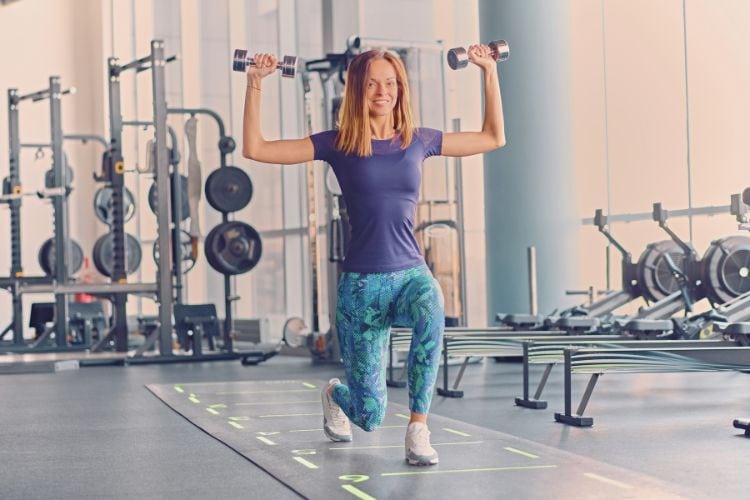
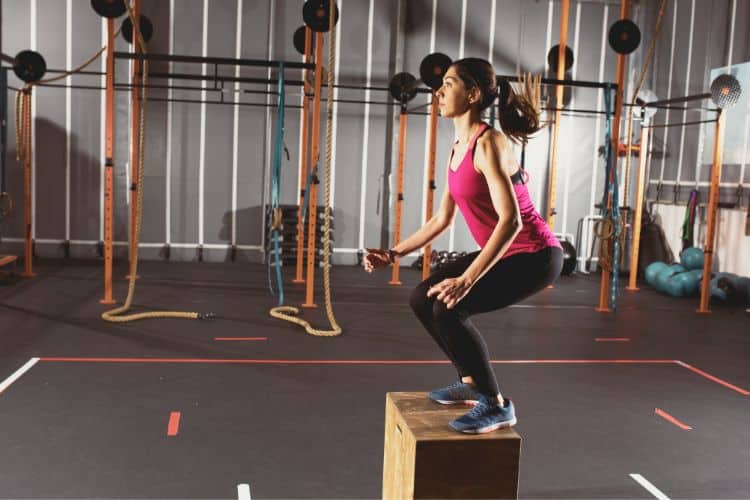
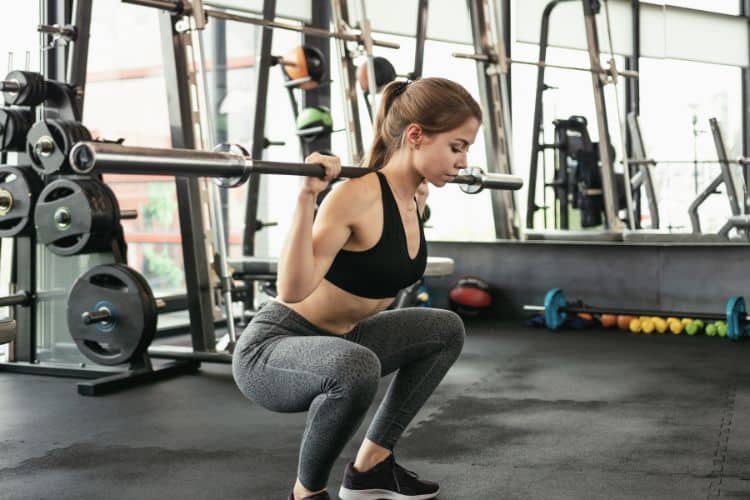
When it comes to building functional strength and muscle mass efficiently, compound lifts are king. Unlike isolation exercises that target one muscle at a time, compound lifts work multiple muscle groups simultaneously, making them ideal for anyone serious about strength training.
Whether you’re a beginner or an advanced lifter, integrating compound movements into your workout routine not only builds muscle and strength but also boosts metabolic rate and promotes better hormonal response. In this article, we’ll dive into the 12 best compound lifts that should be staples in your strength workout routine.
Compound lifts are multi-joint exercises that engage several muscles in one movement. For example, a squat targets the quadriceps, hamstrings, glutes, and core, while a bench press hits the chest, shoulders, and triceps.
Now, let’s break down the top 12 compound lifts for building strength.
The barbell back squat is one of the most effective compound lifts for lower body development. It not only increases leg and glute strength but also builds full-body power due to core and upper body stabilization.
Keep your spine neutral, engage your core, and drive through your heels. Don’t let your knees cave in.
The deadlift is a full-body powerhouse movement that strengthens the posterior chain. It’s a foundational lift that builds raw strength and enhances overall athleticism.
Use a hip hinge, not a squat motion. Keep the bar close to your body and engage your lats throughout the lift.
The bench press is the go-to lift for building upper body pushing power. It’s an essential lift for those looking to develop a stronger chest and more powerful shoulders.
Keep your shoulder blades retracted and lower the bar with control. Don’t flare your elbows out too wide.
The barbell overhead press (also known as the military press) is a true test of upper-body and core strength. It builds broad, powerful shoulders and reinforces overhead mobility.
Stand tall with a tight core. Press the bar straight overhead and avoid leaning back excessively.
Pull-ups are one of the best compound movements for back and biceps development. They also enhance grip strength and core engagement.
Use a full range of motion—chin over the bar and arms fully extended at the bottom.
The bent-over barbell row builds a thick, strong upper back and complements pushing movements like the bench press.
Keep a neutral spine and pull with your elbows, not your hands, to engage your back effectively.
The Romanian deadlift is a variation of the traditional deadlift that emphasizes hamstring and glute activation. It’s especially effective for posterior chain development.
Maintain a slight bend in your knees and push your hips back. Keep the bar close to your legs at all times.
Front squats place more emphasis on the quads and core than back squats, while also improving posture and flexibility.
Keep your elbows high and chest up. Use a clean grip or cross-arm position based on your flexibility.
The clean and press is a dynamic, explosive lift that builds total-body strength and power. It combines pulling, squatting, and pressing into one fluid movement.
Start with light weight to master the technique. Use your hips to explode the bar upward in the clean phase.
The farmer’s carry is a functional compound lift that builds grip strength, core stability, and postural endurance. It’s simple but brutally effective.
Walk with heavy dumbbells or kettlebells while keeping your core tight and shoulders back.
Dips are a great bodyweight compound movement for developing the triceps and lower chest. Add weight with a dip belt to increase difficulty.
Lean forward to emphasize the chest or stay upright to target the triceps.
The trap bar deadlift is a back-friendly alternative to the conventional deadlift. It allows for a more upright torso and is excellent for beginners and seasoned lifters alike.
Keep your spine neutral and drive through your heels. The trap bar’s handles help reduce stress on the lower back.
To get the most out of these 12 compound lifts, it’s crucial to structure your training properly. Here are a few programming tips:
Gradually increase the weight, reps, or sets over time to challenge your muscles and build strength.
Place compound lifts at the beginning of your workout when you’re fresh and can lift heavy with proper form.
Aim for 2–4 strength sessions weekly, rotating between upper and lower body compound lifts.
Don’t rely on just one or two lifts. Use a mix of barbell, bodyweight, and dumbbell/kettlebell compound movements for well-rounded development.
Using improper technique increases injury risk and decreases effectiveness. Always prioritize form over ego lifting.
Never jump into heavy lifts without warming up. Include dynamic stretches and warm-up sets to prime your body.
Compound lifts are demanding. Ensure you get enough rest, sleep, and nutrition to recover between sessions.
Use a training log or app to track weight, reps, and sets so you can monitor progress and make adjustments.
Compound lifts are generally more effective for building overall strength and muscle mass. However, isolation exercises can be useful for targeting weak points and refining physique.
Yes! With proper form and light weight, compound lifts are safe and highly beneficial for beginners. Start with bodyweight versions if needed.
Aim for 2–4 compound lifts per session depending on your split, followed by accessory work.
Absolutely. Because they involve large muscle groups, compound movements increase calorie burn and metabolic demand.
Compound lifts are the foundation of any effective strength training program. They offer unmatched efficiency by working multiple muscle groups, improving coordination, and boosting your overall athletic performance.
By incorporating these 12 best compound lifts into your weekly workouts, you’ll see improvements not just in strength, but also in muscle tone, endurance, and total-body function. Remember to focus on form, recovery, and progressive overload—and you’ll be on your way to unlocking your full strength potential.
Want to take your strength training to the next level? Bookmark this list, build a smart training plan, and stay consistent. Strength is earned—one rep at a time.
Want more workout and video guide?
Follow us on Pinterest, Facebook, and Subscribe to our Newsletter and Stay tuned for FREE downloads of our App coming soon!
Stay up to date on the latest women’s health, fitness and lifestyle trends and tips.